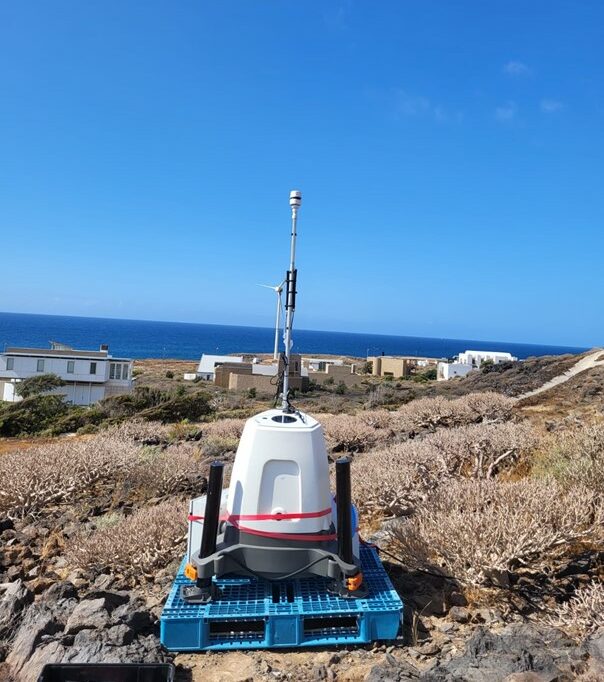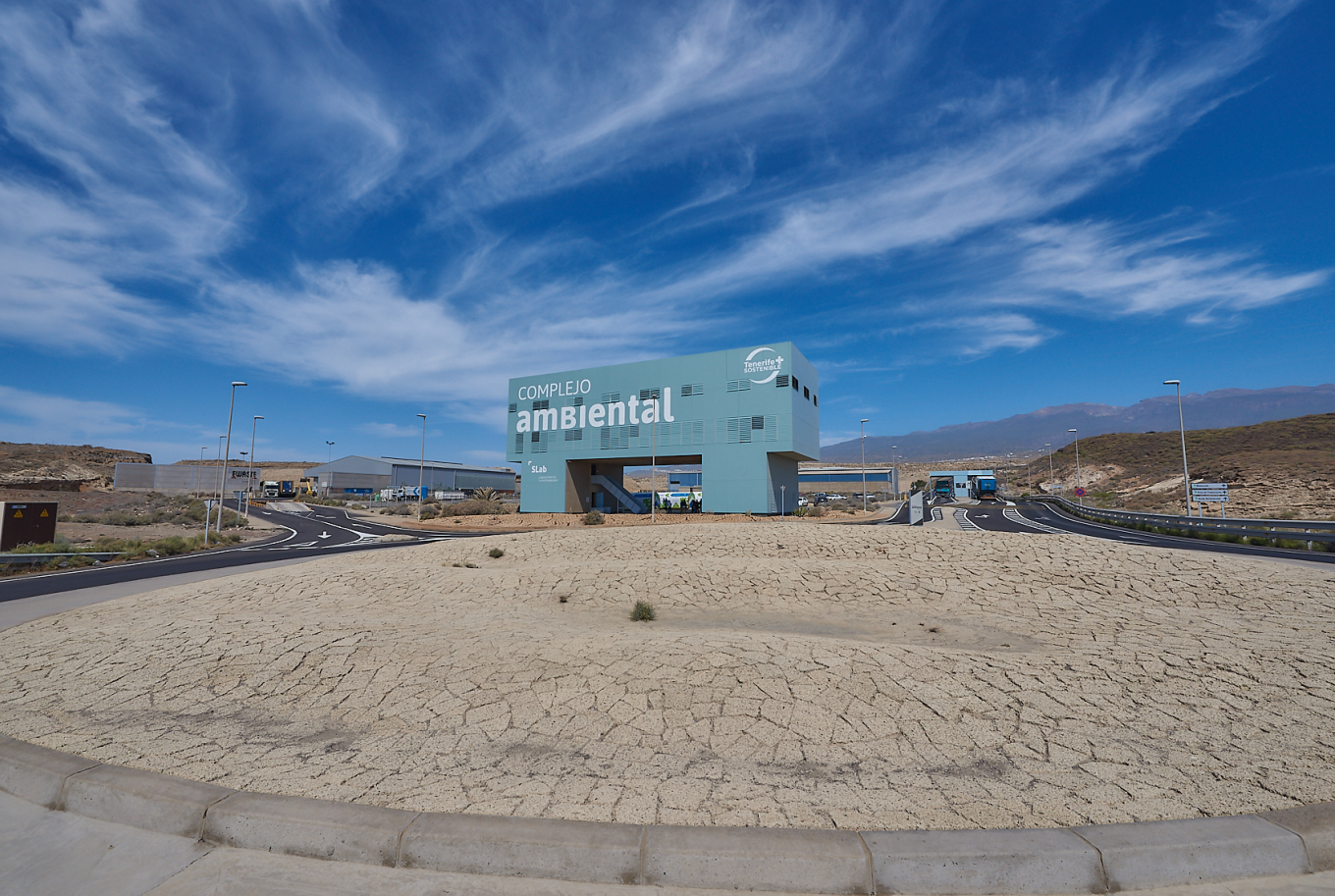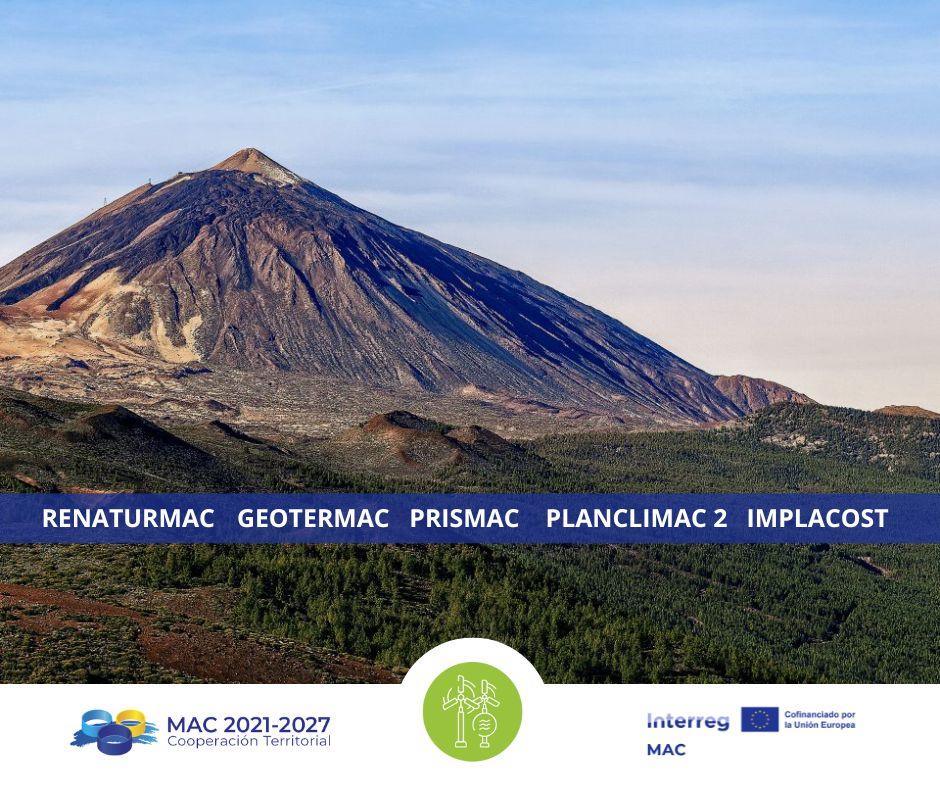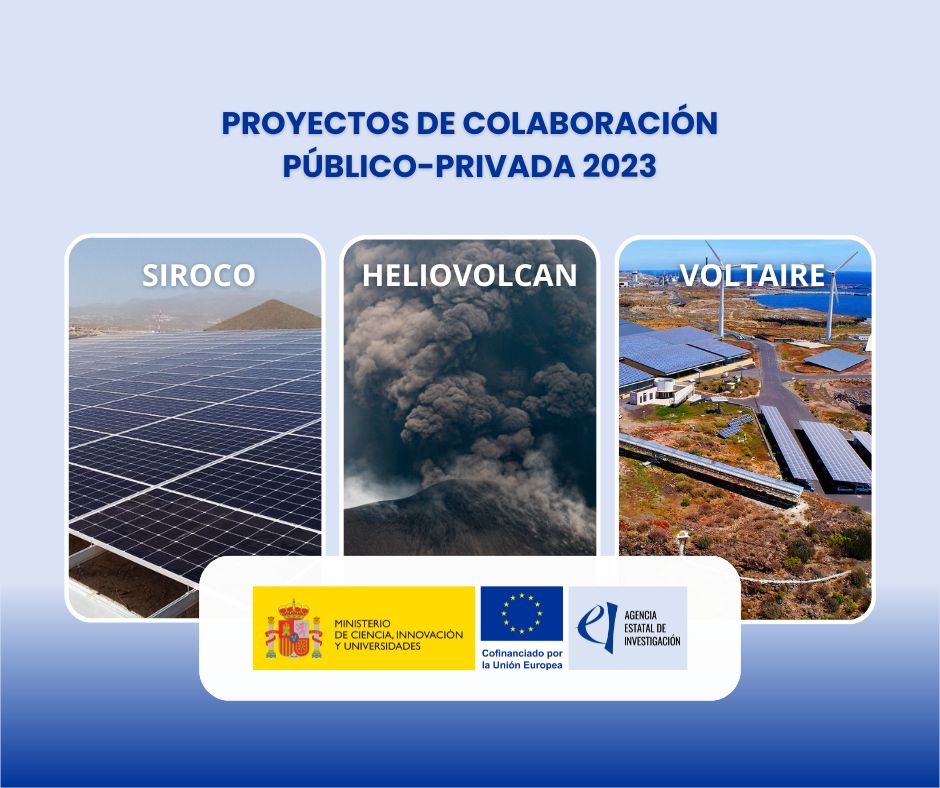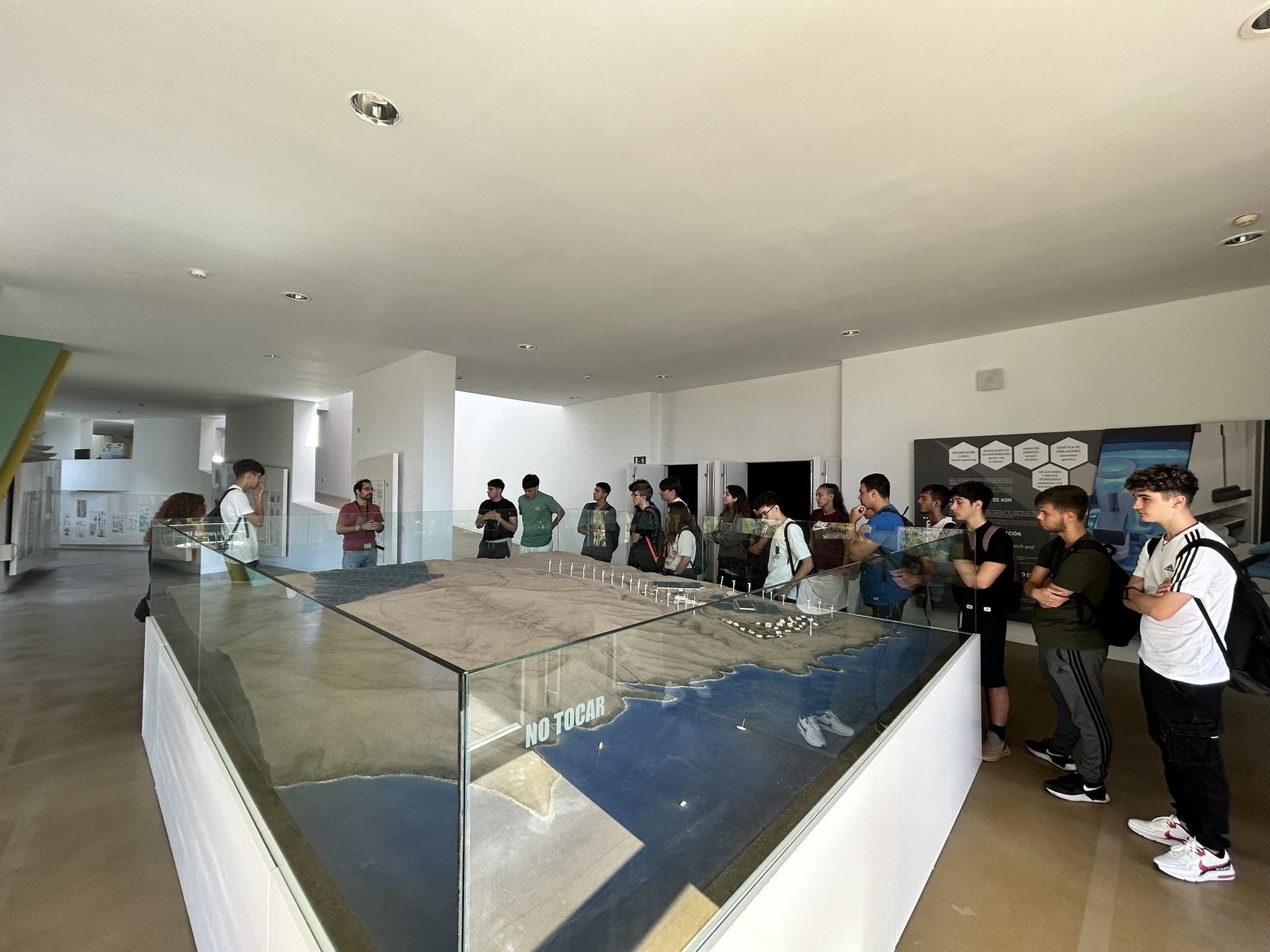With this campaign the Institute will be able to accurately assess the production and efficiency of the new wind turbines that will be installed as part of the technological upgrade project for its three oldest wind parks
The Institute of Technology and Renewable Energies (ITER) has been conducting a wind resource assessment campaign at its facilities in the Granadilla de Abona Industrial Park since June 15. This initiative employs LiDAR technology (Light Detection and Ranging), a device capable of measuring wind speed and direction at various heights using light pulses. It will enable the characterization of the current wind regime in the area and the technical evaluation of the new wind turbines to be installed.
The initiative is led by ITER in collaboration with Enel Green Power Spain and is part of the technological upgrade of the 4.8 MW MADE, 5.5 MW ENERCON, and 2.4 MW Experimental Platform wind farms. These facilities, with over twenty years of operation, are nearing the end of their lifespan. The modernization project aims to replace their twenty-nine wind turbines with five new highly efficient machines.
The measurement campaign is planned to last for one year and will allow an analysis of the energy potential of this new wind project. It will also ensure the suitability of the new wind turbines in relation to the wind profile of their future locations within ITER’s facilities.
The LiDAR system can obtain highly precise measurements up to two hundred meters in height and at different levels. Its portable and lightweight nature facilitates adjustments to measurement needs for the projected wind turbines’ planned locations and different hub heights, and allows for modifications in case of project redefinitions.
The data collected from this campaign will expand ITER’s meteorological database, currently fed by data from the Torre, Solten, and Euclides stations, measuring up to 45 meters in height. Given the wind energy sector’s trend towards taller turbines and larger rotor diameters, having measurement systems capable of reaching greater heights will positively contribute to extending ITER’s data relevance and usefulness in the analysis of surrounding wind installations during their development and operation phases.
These data will also optimize wind generation forecasting systems, which ITER continuously develops and expands through the DELFOS and NEXO projects. This will promote the development of a more efficient park management and operation strategy, ultimately leading to enhanced energy production and reduced associated costs.


